When skin concerns like wrinkles, scarring, or pigmentation begin to surface, many people seek reliable, non-surgical treatments to improve their appearance. Among the most popular options are laser skin resurfacing and microdermabrasion—two techniques that rejuvenate the skin in very different ways.
So, which treatment is better for your skin? This guide breaks down the key differences, benefits, risks, and best-use scenarios for each to help you make an informed decision.
Here is the Quick Answer:
Laser skin resurfacing treats deeper issues like wrinkles and acne scars with fewer sessions but more downtime, while microdermabrasion is gentler, ideal for dullness and early signs of ageing, with no recovery time. Each suits different skin types and concerns—consult a professional to customize your treatment plan safely.
What is microdermabrasion?
Microdermabrasion is a non-invasive exfoliation treatment that removes the outermost layer of dead skin cells, encouraging collagen production and revealing a smoother, brighter complexion. This gentle resurfacing technique improves skin tone and texture over time, making it a popular choice for treating dullness, early signs of aging, and mild acne scarring.
The treatment is painless, requires no anaesthesia, and involves minimal recovery—often just some temporary redness or dryness. Because it only affects the surface layer of the skin, it’s well-suited to those seeking subtle but consistent improvements.
Those who discover the benefits of microdermabrasion often appreciate its ability to maintain a refreshed appearance without disrupting their routine.
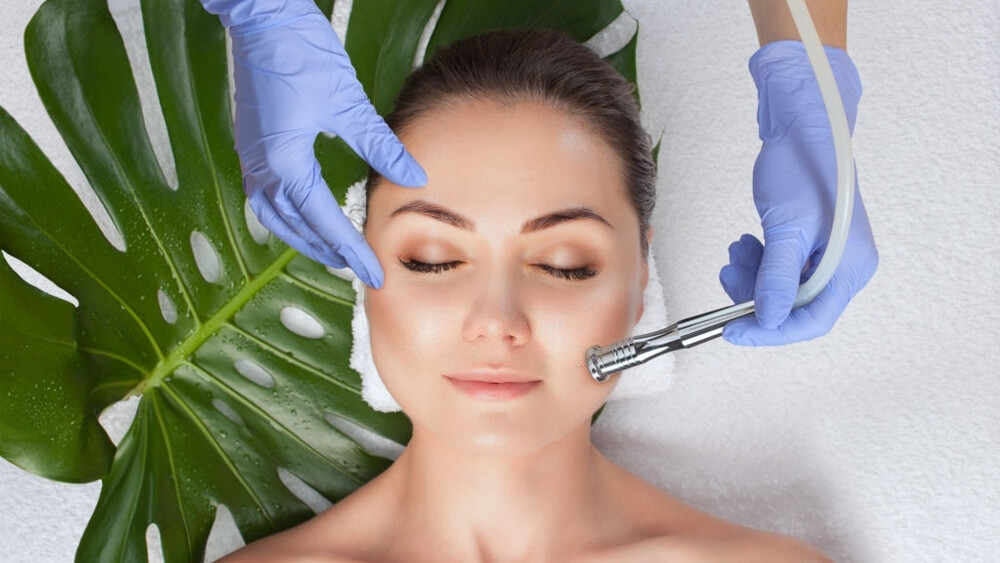
What is laser resurfacing?
Laser skin resurfacing is a dermatological procedure that uses concentrated light energy to improve the tone, texture, and firmness of the skin. Unlike surface treatments, lasers can penetrate deeper layers to stimulate collagen production and repair damage beneath the surface.
There are two main types of laser resurfacing: ablative and non-ablative. Ablative lasers, such as CO₂ or Er:YAG, remove layers of skin to address deeper concerns like wrinkles, scars, and pigmentation. Non-ablative lasers target the underlying layers without damaging the surface, offering more gradual results with minimal downtime.
Advanced systems like fractional and pulsed-dye lasers allow providers to customize treatment based on your skin’s needs and recovery tolerance. Many patients explore our laser skin resurfacing services to address concerns that require more intensive, long-term correction than topical treatments or gentle exfoliation can provide.
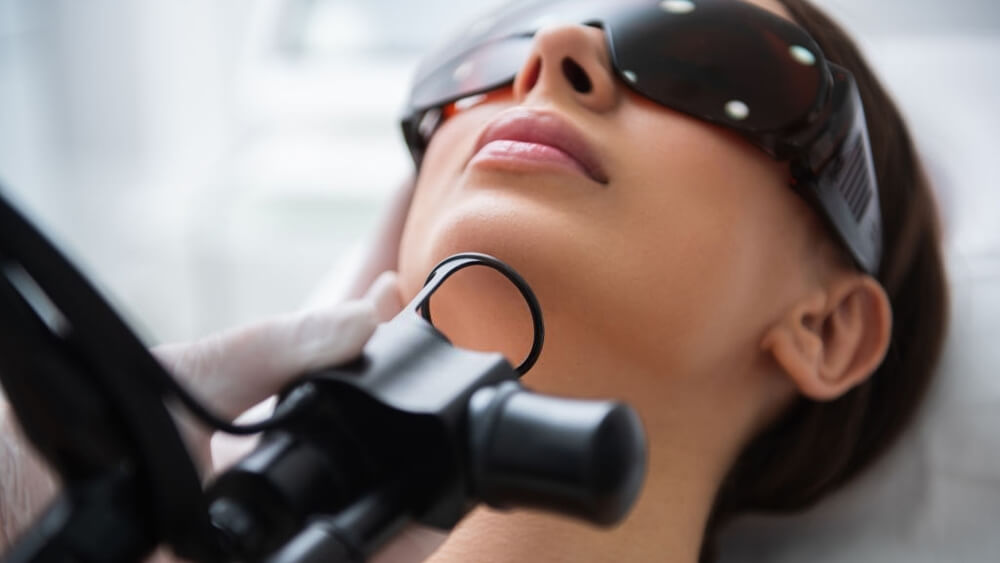
Disadvantages of Microdermabrasion
While microdermabrasion is a safe and non-invasive treatment, it does come with a few limitations worth considering.
Limited to Surface-Level Concerns
Microdermabrasion primarily targets the outermost layer of the skin. It’s effective for mild issues like dullness, fine lines, and minor pigmentation, but won’t address deeper wrinkles or severe acne scars.
Less Suitable During Hot Seasons
Since the procedure leaves your skin more sensitive to sun exposure, it’s typically recommended during cooler months. If done in summer, extra care with sun protection is essential.
Requires Multiple Sessions
Results tend to be gradual and cumulative. You’ll likely need several sessions followed by regular maintenance to sustain improvements.
Despite these drawbacks, many clients appreciate the gentle nature of microdermabrasion and its ability to refresh the skin without downtime.
Disadvantages of Laser Skin Treatment
Laser skin resurfacing is a powerful treatment, but it involves greater intensity and recovery time compared to milder alternatives like microdermabrasion. Here are a few potential drawbacks to consider:
More Invasive and Potentially Painful
Depending on the laser type and treatment depth, discomfort can be moderate to significant. Most procedures require numbing creams, and ablative lasers may involve a brief recovery period with redness and sensitivity.
Redness, Swelling, and Irritation
It’s common to experience temporary swelling, peeling, or inflammation after treatment. These effects can last several days or even weeks depending on skin type and laser intensity.
Sun and Heat Sensitivity
After treatment, your skin becomes more vulnerable to UV damage and heat exposure. For this reason, laser resurfacing is often scheduled in cooler months to reduce risk and improve outcomes.
Not Ideal for All Skin Tones
Some lasers may pose a risk of pigmentation changes in darker skin types. However, modern systems and customized protocols can help reduce these risks when used by experienced professionals.
Laser resurfacing delivers powerful results—but it’s important to weigh the recovery time and skin sensitivity involved.
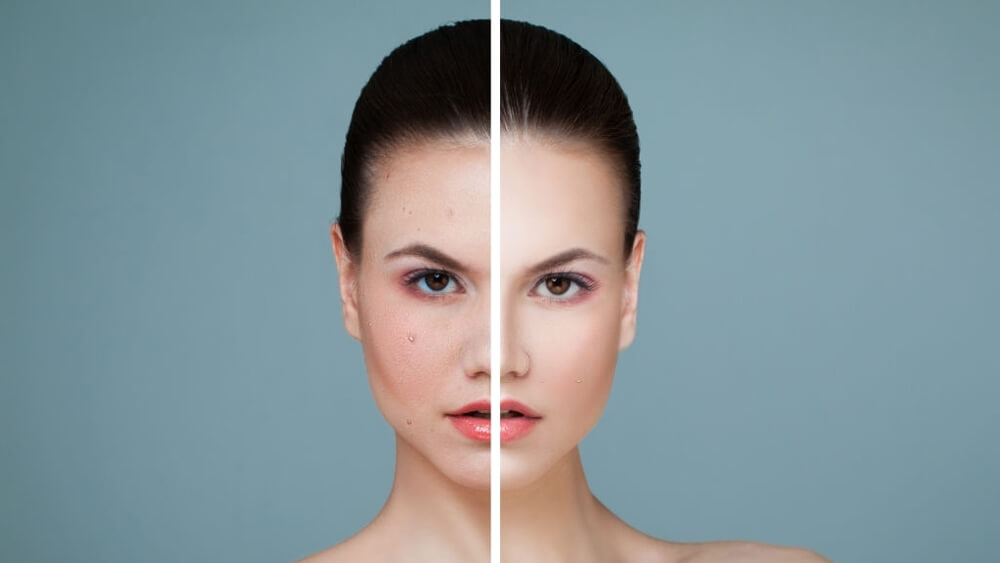
Comparing Microdermabrasion and Laser Skin Resurfacing
Both microdermabrasion and laser resurfacing offer effective ways to rejuvenate the skin—but they work differently and are suited to different needs.
If your skin concerns are deep—such as pronounced wrinkles, acne scars, or uneven texture—laser resurfacing may be the better option. Lasers penetrate below the surface, stimulating collagen and producing long-lasting results, though some downtime is typically required.
If you’re dealing with surface-level concerns like dullness, mild pigmentation, or early signs of aging, microdermabrasion is a gentler choice. It improves skin clarity through exfoliation without penetrating deeper layers or requiring time off from your routine.
Microdermabrasion is also known for its skin-firming effects, thanks to collagen stimulation at the superficial level. While lasers can improve tone and texture, they’re not specifically intended for lifting the skin.
When it comes to recovery, microdermabrasion typically causes only minor redness or dryness, while laser treatments may involve more noticeable sensitivity and healing time.
Laser Skin Resurfacing vs. Microdermabrasion | ||
| Feature | Laser Skin Resurfacing | Microdermabrasion |
| Treatment Depth | Targets Deeper Layers to Stimulate Collagen Production | Gently Exfoliates the Outermost Skin Layer |
| Best For | Wrinkles, Acne Scars, Hyperpigmentation, Uneven Texture | Dullness, Mild Discolouration, Early Signs of Aging |
| Downtime | Moderate (A Few Days to 1–2 Weeks, Depending on Intensity) | Minimal to None |
| Pain Level | Mild to Moderate (Numbing Typically Used) | Painless or Mild Tingling |
| Sessions Required | 1–3 Sessions, Depending on Skin Concern | Series of 5–10 Treatments, Plus Maintenance |
| Results Longevity | Long-Lasting, Especially With Ongoing Skincare | Requires Regular Maintenance Sessions |
| Skin Type Compatibility | Best for Light to Medium Tones; Darker Tones Require Evaluation | Generally Safe for Most Skin Types |
| Invasiveness | Minimally Invasive | Non-Invasive |
Both treatments offer clear advantages depending on your goals. A personalized consultation at Celebrity Laser & Skin Care ensures you receive the most effective, customized treatment for your skin’s needs.
Ideal Candidates for Laser Skin Resurfacing vs. Microdermabrasion
Choosing between laser skin resurfacing and microdermabrasion depends on your skin type, the depth of your concerns, and how much downtime you can manage. While both are effective, each is suited to a different skincare journey.
Laser Skin Resurfacing: Best for Deep Concerns
Laser treatments are ideal for those with more advanced skin conditions, including:
- Deep acne scars
- Moderate to severe wrinkles and fine lines
- Rough or uneven skin texture
- Stubborn hyperpigmentation
Because laser resurfacing reaches deeper layers of skin and stimulates collagen, it’s often the go-to option for those looking for lasting, visible results.
However, it may not be suitable for all skin tones without proper screening. Candidates should be in good general health and able to follow aftercare guidelines closely.
Microdermabrasion: Best for Surface-Level Issues
Microdermabrasion is better suited to those managing:
- Dull skin tone
- Mild acne scarring
- Early signs of sun damage or aging
- Uneven texture or light pigmentation
This non-invasive treatment is typically well-tolerated and ideal for clients with a busy schedule or who prefer zero downtime. It’s also a great introduction to professional skin care for first-timers.
A personalized consultation with a skincare expert remains the most reliable way to choose the right option for your goals and skin profile.
Skin Types and Sensitivity
Your skin tone and sensitivity level play a major role in determining which treatment is safer and more effective for you.
Laser Skin Resurfacing
While highly effective, laser treatments can pose a higher risk of hyperpigmentation or hypopigmentation for individuals with darker skin tones (Fitzpatrick skin types IV–VI). However, certain advanced lasers—such as fractional or Nd:YAG lasers—may offer safer alternatives when used by qualified professionals.
Microdermabrasion
Microdermabrasion is generally safe for a wider range of skin tones, including sensitive or reactive skin. Still, if you have rosacea, active breakouts, or extremely thin skin, this method may cause irritation and should be approached with caution.
A consultation ensures that your treatment plan is tailored to your skin’s tolerance, tone, and texture—minimizing risk and enhancing results.
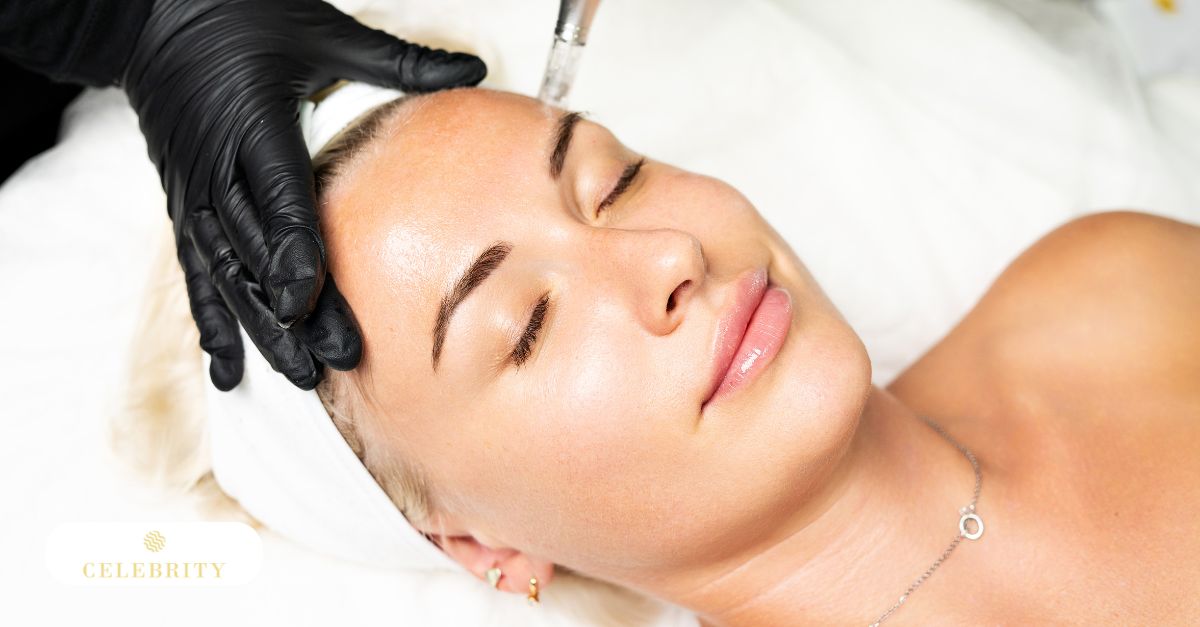
Long-Term Commitment: How Treatment Frequency Affects Your Results
Understanding how often each treatment is needed—and how results are maintained—can help you plan realistically and make the most of your skincare routine.
Laser Skin Resurfacing: Strategic Sessions with Lasting Impact
Laser resurfacing typically requires fewer sessions, spaced several weeks apart. The number of treatments depends on your skin condition and the intensity of the laser used.
Many clients see visible improvements after just one session, especially when targeting issues like acne scars, deep wrinkles, or sun damage.
Why it matters:
- Results often continue to improve as collagen production increases over time.
- Occasional touch-ups may be recommended depending on factors like age, lifestyle, and sun exposure.
Microdermabrasion: Gentle Consistency for Ongoing Radiance
Microdermabrasion is usually integrated into a regular skincare regimen. Clients often begin with a short series of sessions followed by monthly maintenance.
Why it works:
- Keeps dead skin cells from building up, maintaining a fresh, even texture.
- Flexible scheduling allows adjustments based on skin response, seasonal changes, or evolving skincare goals.
Ultimately, treatment frequency isn’t one-size-fits-all. A personalized skin consultation will ensure your regimen aligns with your skin’s needs and long-term goals.

Before & After Care: Supporting Your Skin Through Treatment
Proper preparation and aftercare help ensure your skin heals smoothly and delivers the best results from either treatment.
Before Treatment
For Laser Skin Resurfacing:
✔︎ Avoid sun exposure for at least 1–2 weeks prior to treatment.
✔︎ Pause use of retinoids, exfoliants, and other active ingredients 3–5 days in advance.
✔︎ Inform your provider of any medications or recent cosmetic procedures.
For Microdermabrasion:
✔︎ Arrive with clean, product-free skin.
✔︎ Avoid abrasive scrubs or chemical peels a few days prior to treatment.
✔︎ Let your provider know if you’ve had recent breakouts, irritation, or other skin concerns.
After Treatment
Post-Laser Care:
✔︎ Use gentle, non-irritating cleansers and fragrance-free moisturizers.
✔︎ Apply SPF 30 or higher daily, and avoid direct sunlight until healing is complete.
✔︎ Expect some redness or swelling that may last several days, depending on the depth of treatment.
Post-Microdermabrasion Care:
✔︎ Mild dryness or sensitivity is normal; use a light moisturizer and broad-spectrum sunscreen.
✔︎ Avoid harsh skincare products and allow the skin to breathe for at least 24 hours.
✔︎ Results can be extended with regular hydration and sun protection.
Each treatment has its own rhythm and recovery process. Following your provider’s instructions helps minimize side effects and keeps your skin looking its best.
Why Clients Trust Celebrity Laser & Skin Care
At Celebrity Laser & Skin Care, client safety, satisfaction, and results are at the core of every treatment we offer.
Located in the heart of North Vancouver, our state-of-the-art clinic specializes in laser skin resurfacing, microdermabrasion, and other non-invasive skin rejuvenation treatments. Each service is delivered by experienced professionals using medical-grade technologies and evidence-based protocols.
Clients choose us for:
✔︎ Personalized treatment plans that respect your unique skin type and goals.
✔︎ Advanced, clinically proven technology for safe, effective outcomes.
✔︎ A warm, professional environment where your comfort is a priority from consultation to recovery.
Whether you’re looking to address acne scars, sun damage, or early signs of ageing, our team will guide you every step of the way. Discover why clients across the North Shore trust Celebrity Laser & Skin Care for transformative results.
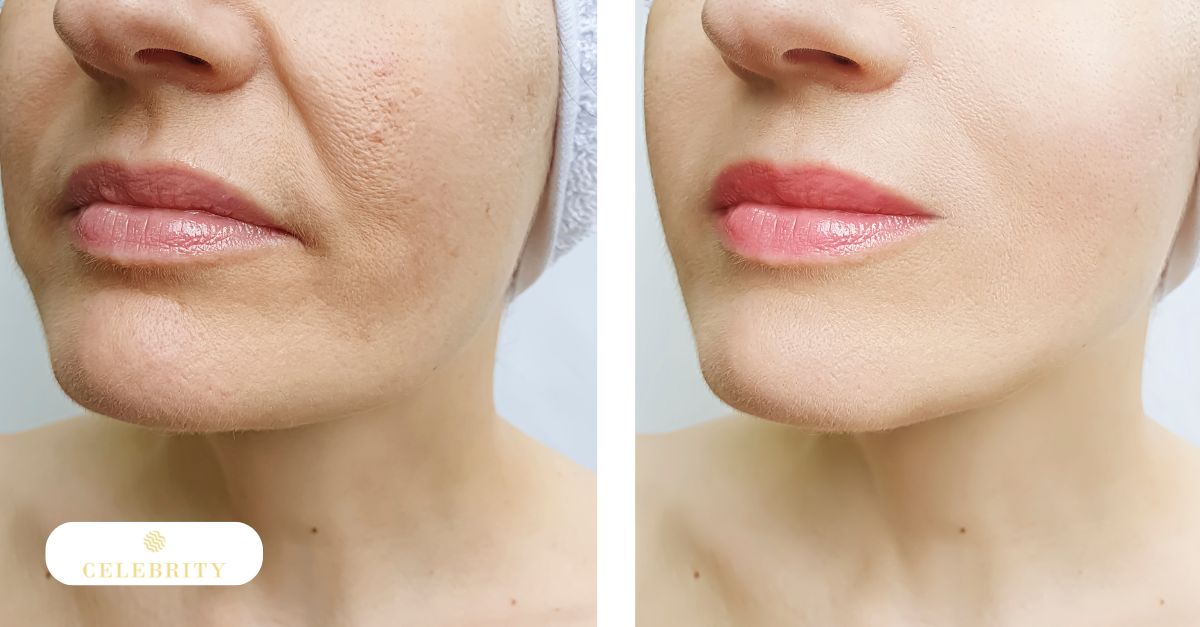
Conclusion: Which Skin Treatment Is Right for You?
Both laser skin resurfacing and microdermabrasion offer proven benefits for enhancing skin tone, texture, and radiance—but the better choice depends on your specific concerns and how much downtime you’re willing to manage.
Laser resurfacing is best for deeper correction—like acne scars, wrinkles, and hyperpigmentation—delivering longer-lasting results with fewer sessions. Microdermabrasion is gentler, ideal for maintaining skin brightness and addressing surface-level concerns with no downtime.
Still undecided? Schedule a consultation with our expert team at Celebrity Laser & Skin Care. We’ll help you explore your options and build a treatment plan that’s safe, tailored, and effective for your skin.


